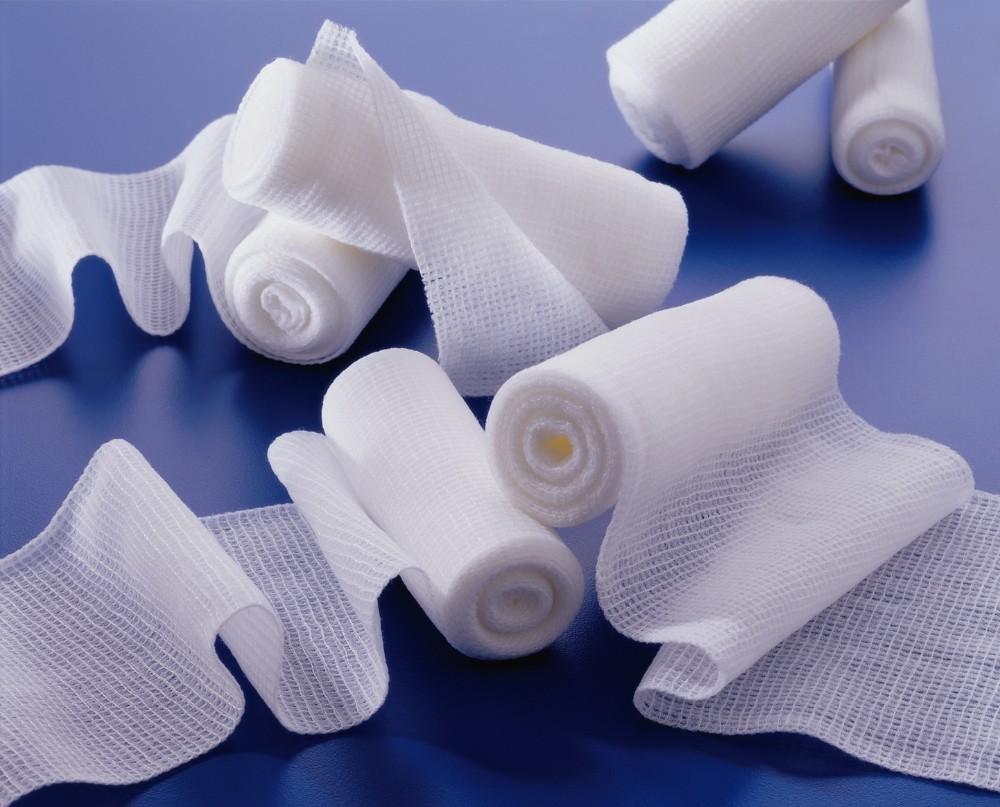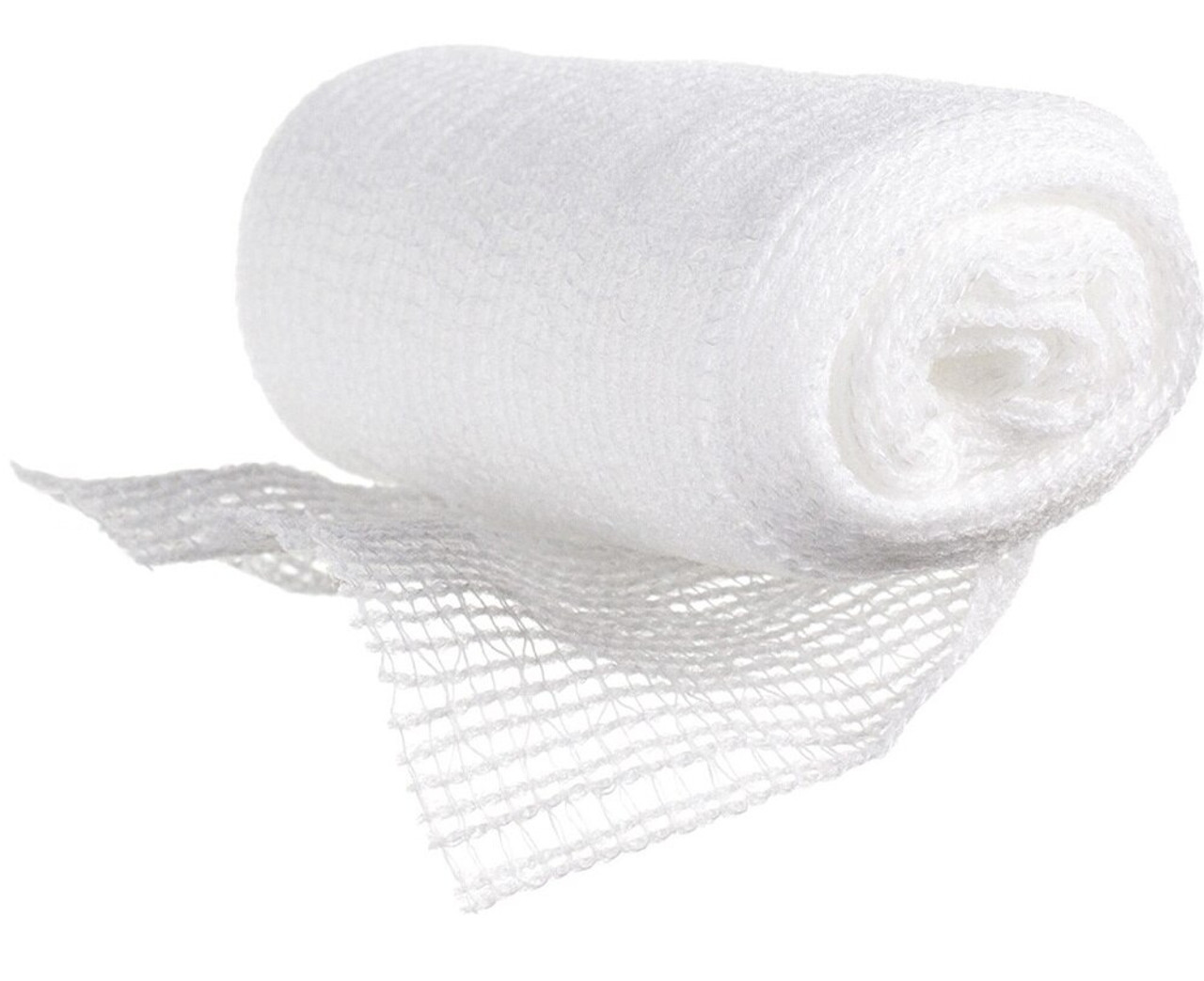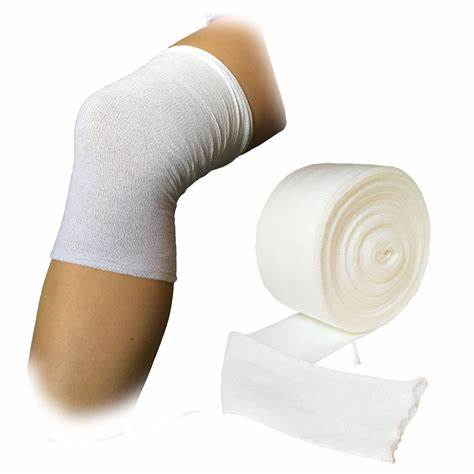What is a Wound Dressing?
A wound dressing is a type of bandage used to cover a wound by sticking to the surrounding skin using wound dressing tape or glue.
Wound dressings come in the form of a gel (hydrogel), foam, gauze, bandage, or any other wound dressing patches. They help prevent infection, encourage healing, and reduce pain.
Different wound dressing types are helpful for different kinds of wounds. Most are made of compounds like polymers, elastomers, and natural products.
Alternative dressings include wet-to-dry bandages, alginates, hydrogels, and film dressings, often used post-surgery or to treat severe injuries like burns.
First, look at how treating the wound determines the type of dressing used so you'll be confident you're making the right choice.
Pre-Treating the Wound
Health professionals use a wide range of techniques when assessing injuries.
Most health professionals begin by evaluating the situation to ensure they understand the nature of the wound and how best to treat it.
You might hear something like,"The wound is open with an extended defect," meaning a break in the skin extends to the muscle or fat.
That's a moderately severe injury that requires a dressing to protect the wound from further exposure. It could also signal a need to stop the bleeding, remove debris, or apply antibiotics before using a wound dressing.

STEP ONE: STEM THE BLOOD FLOW
The first step is preserving all living tissue. In doing so, the aim is to stop infected blood from entering the body's healthy areas.
For instance, suppose the vein of a severe wound collapses. Doctors would use stitches and a catheter to aid the blood vessels in hemostasis.
The catheter's tip lives under the skin.
It sticks for up to three weeks and delivers a steady amount of oxygenated blood throughout the wound.
STEP TWO: TREAT THE INFECTION
When a wound gets infected with bacteria or fungus, doctors administer antibiotics to stop the infection from spreading.
If that isn't enough to heal the area, they might try debridement, A.K.A. dead tissue removal.
Debridement can be done as a manual process, using hands and tools like forceps and scalpels, but it's also possible through radiation therapy or surgery.
STEP THREE: CLOSE THE WOUND
After they remove the dead tissue, doctors use sutures or surgical staples to close any remaining wounds.
Next comes the rehabilitation process.
Doctors may opt for a cast, splint, or shoe to keep the joint safe where the damage occurred, such as in the ankle, knee, or hip.
Often, they'll recommend physical therapy, which helps improve mobility and prevent any injury from occurring during exercise.
STEP FOUR: RE-EVALUATION AND WOUND DRESSING
Once closed, doctors re-evaluate the wound and continue treating the injury if necessary.
The first action is to clean damaged skin with sterile water or saline solution. Next, cover it with a sterile dressing to keep germs out


Post time: 10月-12-2023





